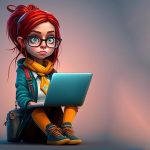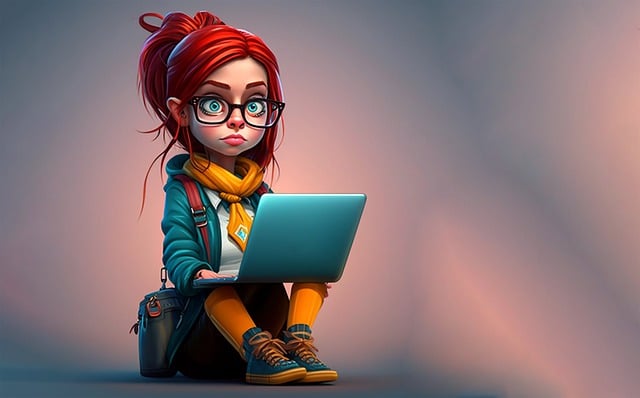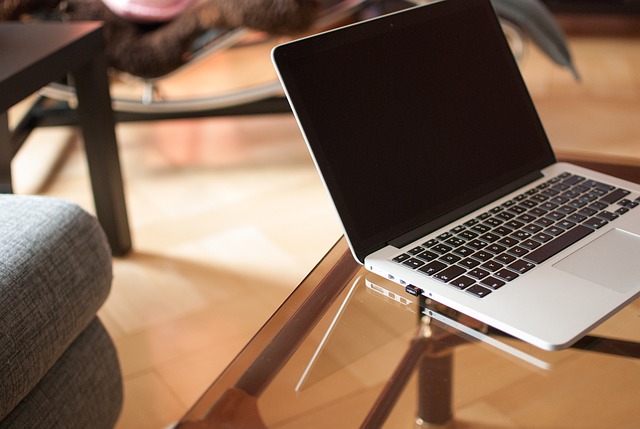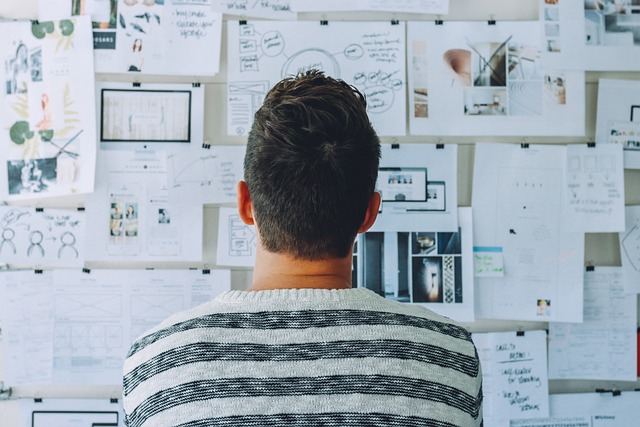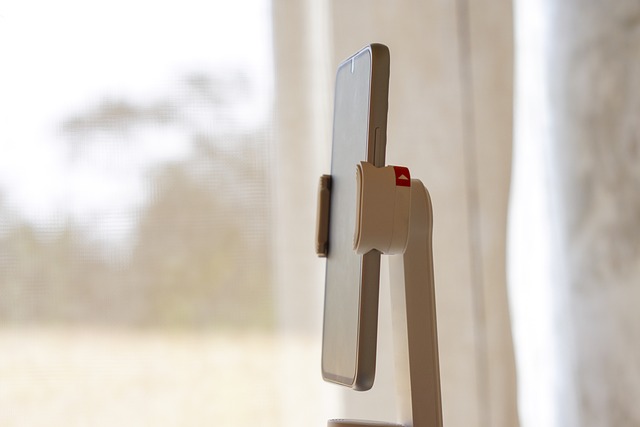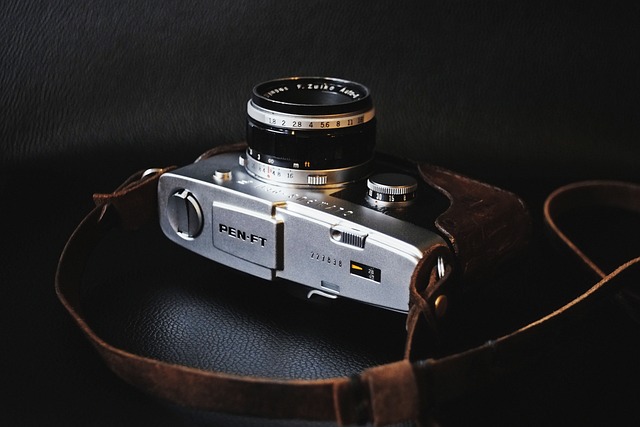Section 1: The Rise of AI Technology in the Creative Industry
Artificial intelligence (AI) technology has been making waves in various industries, from healthcare to finance. But perhaps one of the most intriguing areas where AI has been making an impact is in the creative industry. With its ability to analyze massive amounts of data and generate new ideas, AI is revolutionizing the way we think about creativity. In this article, we will explore how AI technology is unleashing the potential of creativity and what it means for the future of the creative industry.
One of the main reasons for the rise of AI technology in the creative industry is the increasing amount of data available. With the rise of social media and the internet, there is an abundance of data that can be used to train AI algorithms. This data includes everything from consumer behavior to market trends, providing AI with a vast pool of information to draw from. As a result, AI-powered tools are becoming more sophisticated and are able to generate ideas and solutions that were previously thought to be solely within the realm of human creativity.
Section 2: AI as a Collaborator, Not a Replacement
There is often a fear that AI technology will replace human creativity, but this is not the case. In fact, AI is not meant to replace human creativity, but rather to enhance it. AI is a powerful tool that can work alongside humans to generate new and innovative ideas. With its ability to analyze data and identify patterns, AI can provide valuable insights and suggestions that can spark new ideas in humans. This collaboration between AI and humans has the potential to unleash a new level of creativity that was previously unattainable.
Moreover, AI technology can assist in the creative process by taking on repetitive and time-consuming tasks, freeing up human creators to focus on more high-level and imaginative tasks. For example, AI can be used to generate multiple variations of a design or to analyze consumer feedback on a product, allowing designers to refine their work and create more effective and appealing products. This not only saves time but also allows for a more efficient use of resources, which is crucial in today’s fast-paced and competitive creative industry.
Section 3: The Impact of AI on Various Creative Fields
The impact of AI technology on the creative industry is already being felt in various fields, including advertising, music, and fashion. In advertising, AI is being used to analyze consumer data and create targeted and personalized ads. This not only makes the advertising process more efficient but also results in more effective and engaging ads for consumers. In the music industry, AI is being used to generate new melodies and even entire songs. While some may argue that this takes away from the authenticity of music, others see it as a way to expand the boundaries of creativity and push the limits of what is possible.
In the fashion industry, AI is being used to predict fashion trends and assist in the design process. By analyzing data from social media, fashion shows, and consumer behavior, AI can identify patterns and preferences that can inform designers’ decisions. This not only leads to more innovative and on-trend designs but also reduces the risk of producing products that may not appeal to consumers.
The potential of AI technology in the creative industry is vast and continues to expand as new developments and applications are discovered. While there may be concerns about the role of AI in creativity, it is clear that it is not meant to replace human creativity, but rather to enhance it. As AI technology continues to evolve and integrate into the creative process, we can expect to see even more groundbreaking and imaginative creations in the future.
Conclusion
In conclusion, AI technology is revolutionizing the creative industry, unleashing a new level of potential and possibilities. With its ability to analyze data and generate new ideas, AI is not only enhancing human creativity but also making the creative process more efficient and effective. As we continue to explore the capabilities of AI in the creative industry, we can expect to see even more groundbreaking and innovative creations that push the boundaries of what we thought was possible. The future of creativity is bright, and AI is a key player in this exciting revolution.



